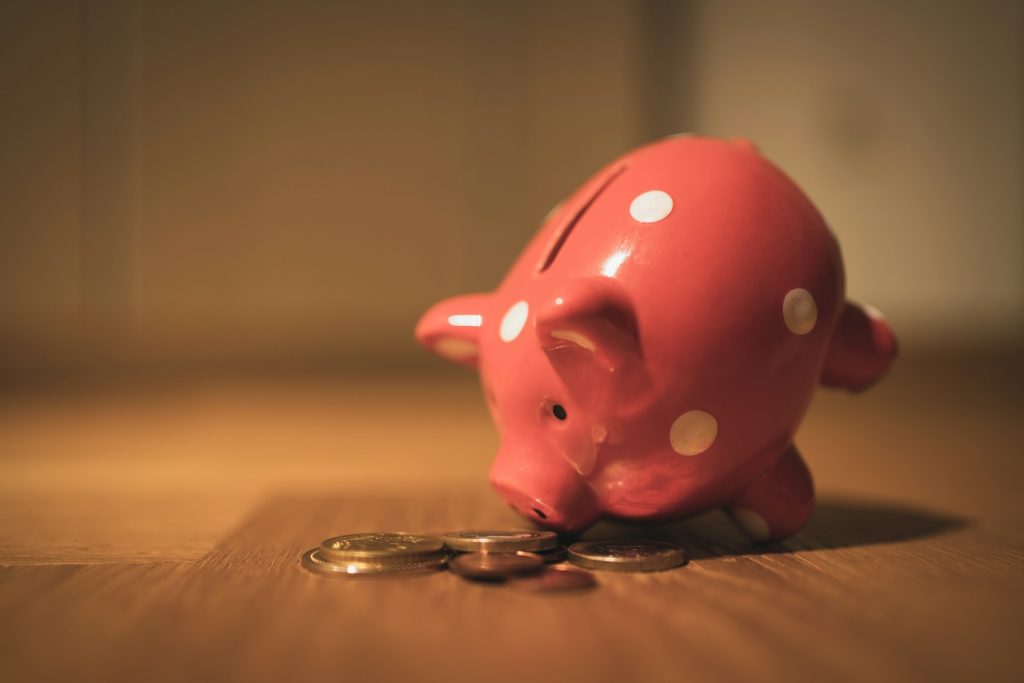
High-yield savings accounts are everywhere right now. Banks and online platforms promise rates that seem much better than what you’d get from a regular savings account. You might see ads for “5% APY” and wonder if it’s too good to be true. With so many people looking for safe places to grow their money, it’s easy to get caught up in the hype. But are high-yield savings accounts really a goldmine, or is there a catch? Here’s what you need to know before you move your money.
1. What Is a High-Yield Savings Account?
A high-yield savings account is a type of savings account that offers a significantly higher interest rate compared to traditional savings accounts. Most regular savings accounts at big banks pay less than 0.5% APY. High-yield accounts, especially those from online banks, can offer rates above 4% or even 5%. The main reason is that online banks have lower overhead costs, so they can pass those savings to you. These accounts are usually FDIC-insured, which means your money is protected up to $250,000 per depositor, per bank. This makes them a safe place to keep your emergency fund or short-term savings.
2. How Do High-Yield Savings Accounts Work?
High-yield savings accounts function similarly to regular savings accounts. You deposit money, and the bank pays you interest. The difference is the rate. The interest compounds, usually on a daily or monthly basis, so your money grows faster. You can access your funds when you need them, but there may be limits on how many withdrawals you can make each month. Most accounts are easy to open online, and you can link them to your checking account for easy transfers. There are no hidden tricks in how interest is paid, but it’s always a good idea to read the terms.
3. Are the Rates Too Good to Be True?
The rates on high-yield savings accounts are real, but they can change at any time. Banks set their rates based on the federal funds rate and market competition. When the Federal Reserve raises rates, banks often increase their savings rates. However, if rates drop, your high-yield account rate may also decrease. Some banks use teaser rates to attract new customers, then lower the rate after a few months. Always check if the rate is “introductory” or if it’s the standard rate.
4. What Are the Risks?
High-yield savings accounts are not a scam, but there are a few risks to be aware of. The biggest is that the rate can drop without warning. If you’re counting on a certain return, you might be disappointed. Some banks have minimum balance requirements or monthly fees that can eat into your earnings. Others may limit how often you can withdraw money. If you exceed the limit, you may incur fees or have your account closed. And while your money is safe from bank failure if the account is FDIC-insured, it’s not protected from inflation. If inflation is higher than your interest rate, your money loses value in real terms.
5. How Do You Find a Legitimate High-Yield Savings Account?
Look for accounts at reputable banks or credit unions. Make sure the account is FDIC- or NCUA-insured. Check the bank’s website for details, or use the FDIC’s BankFind tool to verify. Read the fine print for fees, minimum balances, and withdrawal limits. Compare rates from several banks, but don’t chase the highest rate if it comes with strings attached. Customer reviews can also help you identify potential red flags, such as poor customer service or hidden fees.
6. Are High-Yield Savings Accounts Better Than Other Options?
High-yield savings accounts are great for short-term savings and emergency funds. They’re safer than stocks or crypto, and you can access your money quickly. But they’re not the best choice for long-term growth. Over time, inflation can outpace your interest earnings. If you want to grow your money for retirement or achieve significant goals, consider alternative options such as index funds or IRAs. But for money you might need soon, a high-yield savings account is hard to beat for safety and convenience.
7. What Should You Watch Out For?
Watch for fees, minimum balance requirements, and withdrawal limits. Some banks require you to keep a certain amount in the account to earn the high rate. Others charge monthly fees if your balance drops too low. Ensure you understand the frequency of money transfers in and out. If you frequently need to access your cash, look for an account with flexible terms. And always check if the rate is variable or fixed. Most high-yield savings accounts have variable rates, so your earnings can change.
8. How Much Can You Really Earn?
The amount you earn depends on the rate and your balance. For example, if you put $10,000 in an account with a 5% APY, you’ll earn about $500 in interest over a year if the rate stays the same. However, if the rate drops, your earnings will also drop. Use an online calculator to estimate your potential earnings. Remember, the real value is in keeping your money safe and earning more than you would in a regular savings account.
9. Are High-Yield Savings Accounts a Scam or a Goldmine?
High-yield savings accounts are not a scam. They’re a useful tool for anyone who wants to earn more interest on their savings without taking big risks. But they’re not a goldmine either. The rates are better than traditional accounts, but they won’t make you rich. The real benefit is peace of mind and a little extra growth on your cash. If you use them wisely, they can be a smart part of your financial plan.
The Real Value of High-Yield Savings Accounts
High-yield savings accounts provide a secure way to earn a higher return on your savings. They’re not a get-rich-quick scheme, but they’re not a scam. If you understand the terms and use them correctly, they can help you achieve your financial goals more quickly.
Have you tried a high-yield savings account? What was your experience? Share your thoughts in the comments.
Read More
10 Things You Can Start Doing Now if You’re 30 With No Savings
10 Things to Consider Before Using Your Retirement Savings Before 59½
The post Are “High-Yield” Savings Accounts a Scam or a Goldmine? appeared first on The Free Financial Advisor.







